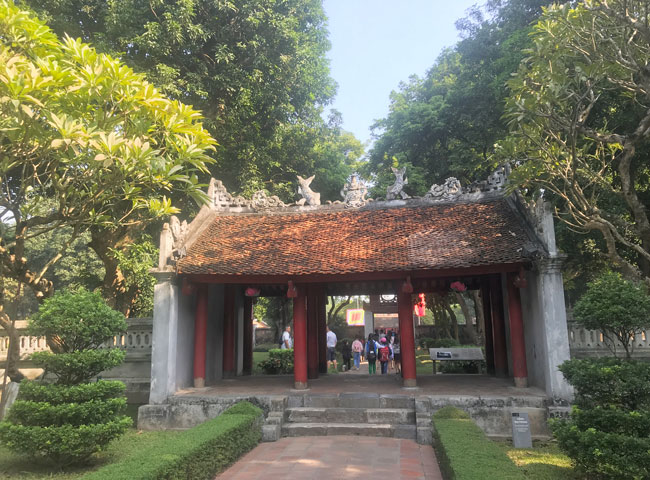
What to Know About Hanoi’s Old Quarter?
On our personal food tours, we greet our travelers at their hotel and brief them with the walk before heading to the neighborhood that they’re interested in. For the Old Quarter of Hanoi, we’ll walk them through the backstreets and the hidden alleys to see the daily life of the Hanoians.





